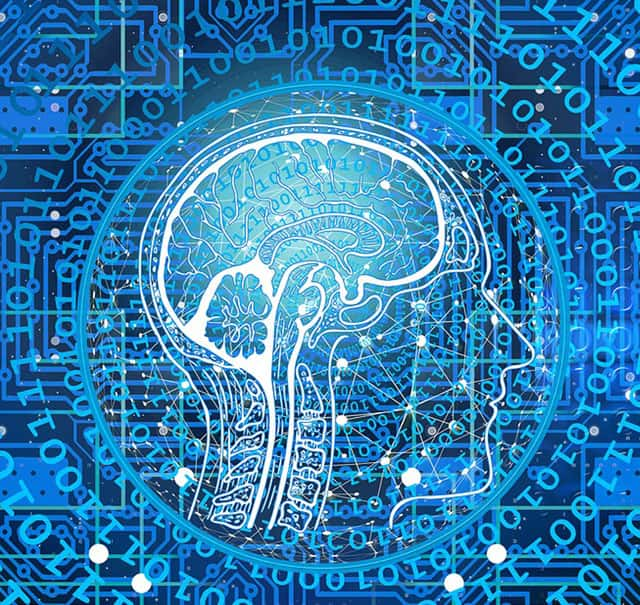Neuromorphic Computing Solves the Energy Problem of Tomorrow
Neuromorphic Computing
The Human Brain as Benchmark
The human brain performs five orders of magnitude better than any artificial intelligence. Language understanding and image recognition are two areas in which the difference between the brain and conventional computers has already been particularly researched. For example, depending on the equipment, the rate of correct image recognition of a trained AI is seldom greater than 90 %.
This is a challenge for AI developers, and is compounded by a serious energy problem. Training a large-scale speech recognition AI generates over 300 kg of CO2, which is roughly equivalent to the carbon footprint of an average 17-year-old American.
Scalable, Small, Fast and Incredibly Energy Efficient
Neuromorphic computing refers to the processing of data in a manner similar to that of the human brain. The performance of neurons is imitated by microelectronic components. Immeasurable computing power and speed are being made possible.
In an interview with RFID & Wireless IoT Global, Dr. Thomas Kampfe, Group Leader Integrated RF & AI at the Fraunhofer Institute for Photonic Microsystems IPMS, explains why the future of computing no longer lies in Central Processing Units (CPUs) but in Neural Processing Units (NPUs).






